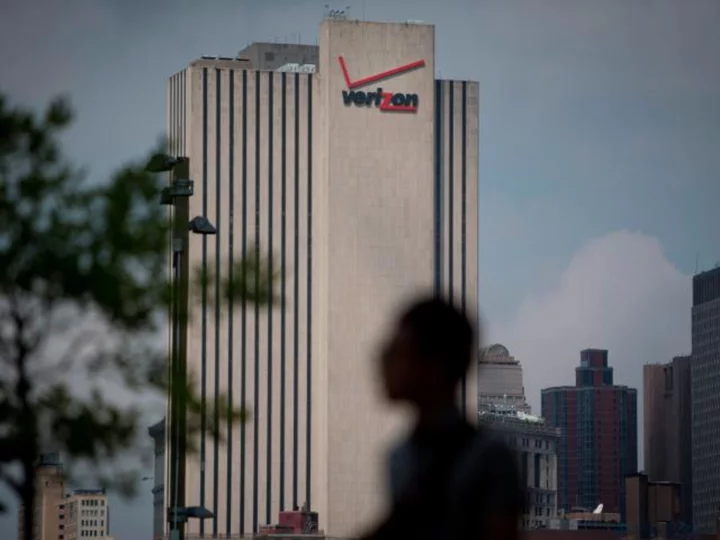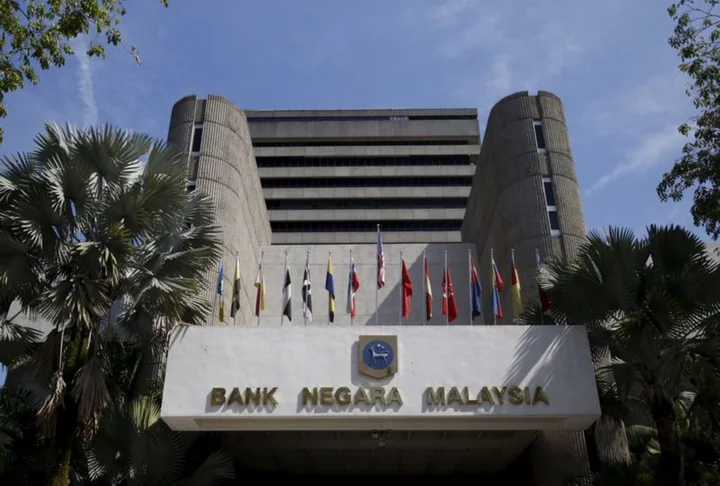New York Democratic Congressman Pat Ryan on Thursday urged industry trade group USTelecom, Verizon and AT&T to remove toxic lead cables that the Wall Street Journal reported the network providers left in several locations across the United States, according to a letter shared with CNN ahead of its release.
"The fact that telecommunications companies knew that there were lead-covered cables left abandoned in communities, and did not proactively work to mitigate the impacts of the cables is unacceptable," Ryan wrote in the letter, stating that the companies need to "clean up their mess" in an accompanying statement.
The Journal on July 9 reported that telecom firms including Verizon and AT&T have left more than 2,000 lead-coated cables from the legacy Bell System's telephone network in the US ground and water and on transmission poles, leaving Americans potentially at risk of health complications related to lead exposure.
One such cable hangs bordering a playground in Wappingers Falls, New York, and lead in nearby soil measured more than 1,000 parts per million, the Journal reported. Lead in soil at the corner of the playground was reportedly at 850 ppm.
The Environmental Protection Agency outlines a soil lead hazard on property occupied by children if it has lead equal to or more than 400 ppm in a play area, or an average of 1,200 ppm in the rest of the area.
"As a father of two young sons, the possibility of them ingesting lead at a local playground due to Verizon's negligence over these lead-sheathed cables is appalling," Ryan wrote in the letter.
AT&T has said in response to the Journal's investigation that it plans to conduct additional testing, including at the locations the investigation mentions, and that the Journal's testing methodologies are flawed.
"The scientific literature and reliable studies in the US and abroad give no reason to believe that these cables pose a public health issue or a risk to workers when appropriate safety measures are in place," the company said.
USTelecom has said that it has "not seen, nor have regulators identified, evidence that legacy lead-sheathed telecom cables are a leading cause of lead exposure or the cause of a public health issue."
Verizon did not respond to requests for comment.
Wall Street effects
Ryan's letter requests answers to a slew of questions from USTelecom, Verizon and AT&T by July 25 — the same day Verizon is set to report its second-quarter earnings results and a day before AT&T is scheduled to do the same.
AT&T shares earlier this week hit a three-decade low following a flurry of downgrades from analysts on concerns that the potential of toxic lead cables could create long-term headwinds for the companies in question.
Shares of Verizon, also mentioned in the Journal's investigation, fell to their lowest closing level since 2010 on Monday.
Shares of telecom companies pared back their losses Wednesday, buoyed by a broader market rally fueled by strong second-quarter earnings reports.
Both companies are likely to field questions about how the possibility of toxic lead cables could affect their balance sheets going forward, during an earnings season when Wall Street is already homing in on corporate outlooks.
Raymond James analysts wrote in a note Wednesday that they estimate AT&T could spend between $264 million and $1.2 billion to remove lead-covered cables. If the company is required to remove all the lead-clad cables, it could cost AT&T roughly $84 million a year in a 15 to 25-year process, the analysts wrote.









